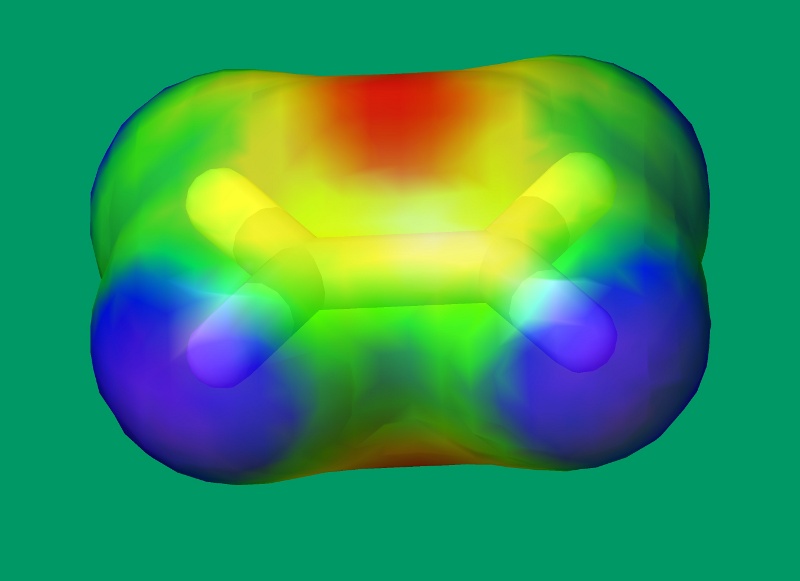

The exposure of MOF-5 to humid air under ambient conditions gives rise to a transformation of the high-surface-area MOF-5 to low-surface-area MOF-69c or MOF-5W 25, 26. For example, the iconic materials MOF-5 23 and HKUST-1 24, consisting of Zn 4O(bdc) 3 and Cu 3(btc) 2 (H 2bdc = 1,4-benzenedicarboxylic acid H 3btc = 1,3,5-benzenetricarboxylic acid), were extensively examined for the aforementioned applications but were found to be too unstable.

Water is particularly damaging for many MOF materials 19, 20, 21, 22. A serious weakness of many MOFs that often limits their utility in practical and industrial applications is that they undergo phase transformations and decompositions. MOFs have found a number of promising applications such as chemical separation 5, 6, 7, gas storage 8, 9, 10, 11, heterogeneous catalysis 12, 13, 14, molecule sensing 15, 16, or ion conduction 17, 18. The versatility of these materials can be further enhanced by functionalization of the components before assembly or post-synthetic modification (PSM) 4 techniques that enable the fabrication of porous materials with high compositional and structural complexities. By combining different metal ions and organic ligands, various framework matrices can be formed that display a variety of pore sizes, channel types, shapes, and functionalities 1, 2, 3. The compositional tunability of metal-organic frameworks (MOFs) that take advantage of the inherent porosity and large surface areas by interconnecting inorganic metal nodes and multitopic organic ligands has provided a diverse opportunity for tailoring their physicochemical properties.


 0 kommentar(er)
0 kommentar(er)
